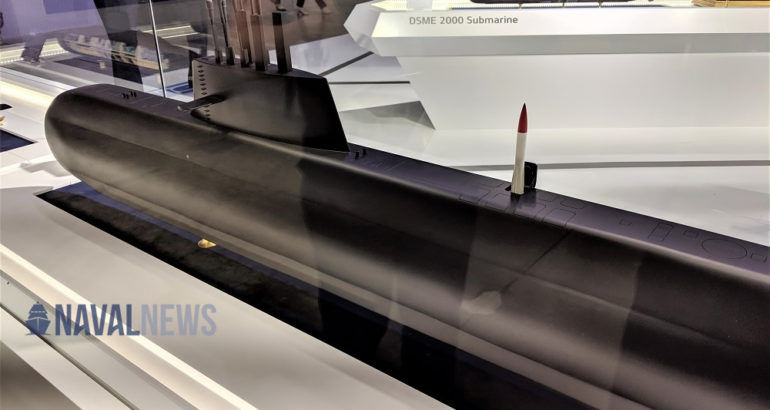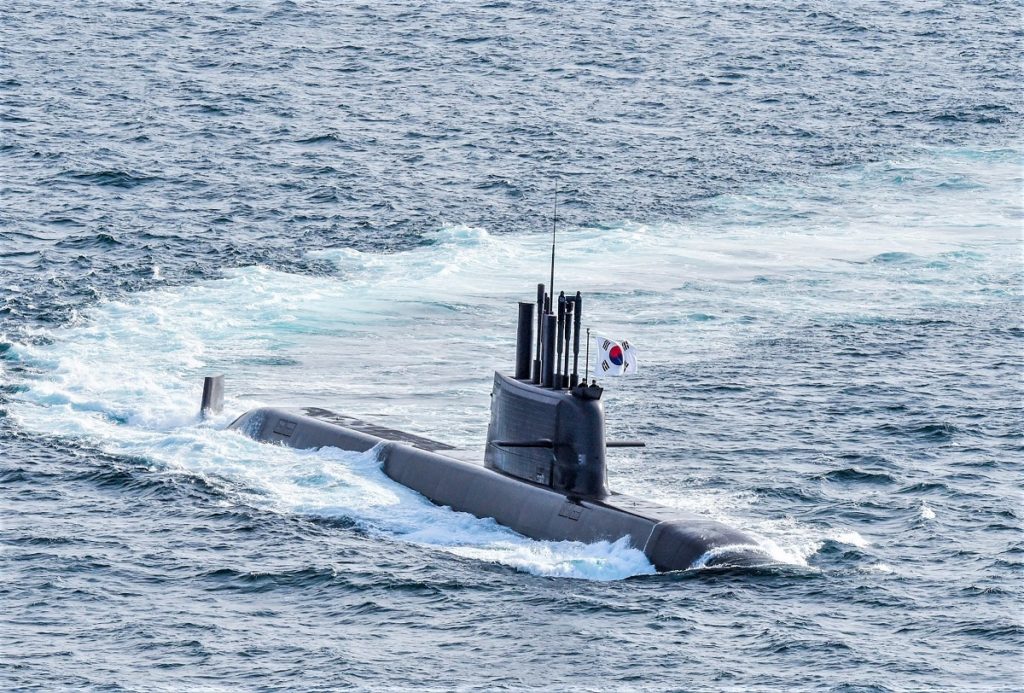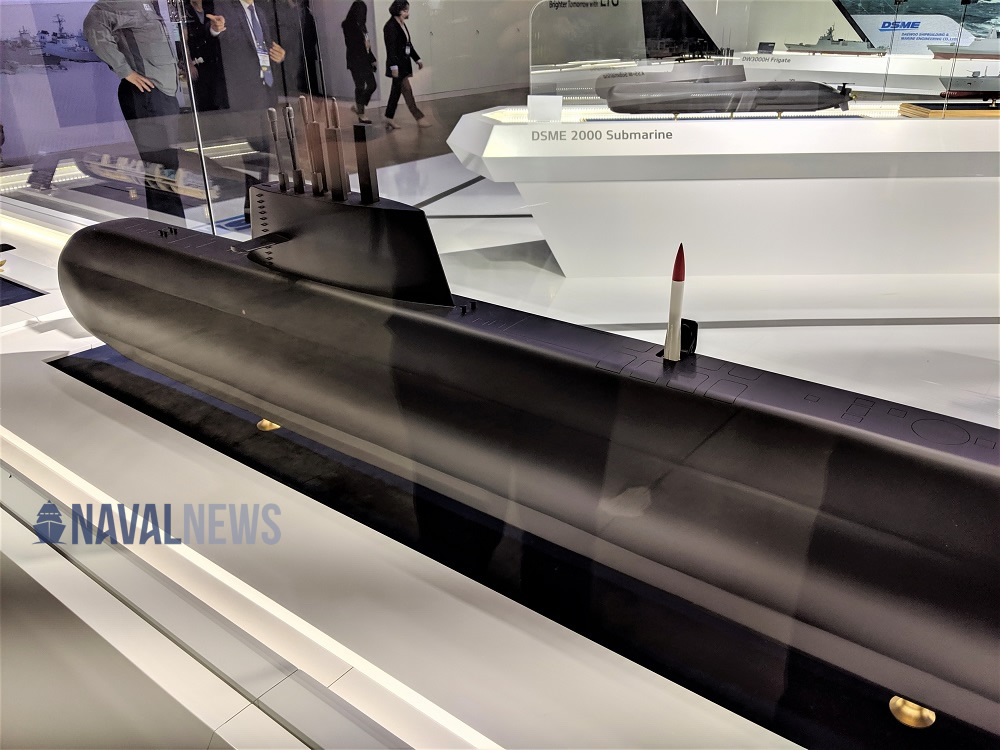Game Changer: AIP Submarine Has Fired A Ballistic Missile For The First Time
H I Sutton07 Sep 2021
Game Changer: AIP Submarine Has Fired A Ballistic Missile For The First Time
The latest non-nuclear submarines are much more stealthy and formidable than previous generations. Now the South Koreans have combined this with a ballistic missile capability. This could foreshadow a new dawn in submarine capabilities.
South Korea has test fired a ballistic missile from its new KSS-III class AIP (Air Independent Power) equipped submarine. As many observers note the significance of this from a geo-political standpoint, it is also important from a submarine technology angle. The combination of AIP and conventionally-armed ballistic missiles opens new opportunities for navies. South Korea is the first, but it may not be the last.
The missile was tested aboard the lead KSS-III submarine, Dosan Ahn Changho (도산안창호) earlier this month, and announced today. This follows recent tests from submerged platforms. The Hyunmoo 4-4 missile (현무-4-4) is the submarine launched derivative of the country’s indigenous Hyunmoo 2B (현무-2B) balletic missile. It is seen as a direct counter to neighboring North Korea’s submarine launched ballistic missile program. That focuses on the much larger Pukguksong (Pole Star, aka Polaris) family of missiles. These have a range in excess of 1,000 km (620 miles) and could be equipped ,with the north’s nuclear missiles.
Very Different From North Korean Submarines
One contrast between the South Korean and North Korean SLBM programs is the submarines. The KSS-III are brand new and represent leading edge submarine technology. They are locally developed by South Korean shipbuilder Daewoo Shipbuilding & Marine Engineering Co., Ltd (DSME). The company has extensive experience of building German Type-209 and Type-214 boats. For the KSS-III project they also partnered with companies in the UK, France, Spain and elsewhere for key systems.By contrast the North Korean ballistic missile submarines are antiquated. The first test boat, the Gorae Class (고래급), was locally built but only carried a single missile tube. The in-service boats however are actually remodeled ROMEO Class submarines. These represent 1950s technology and are both smaller and noisier than the KSS-III class. And it seems that adding the ballistic missiles sacrificed half their banks of batteries so submerged endurance will be even more limited.
The KSS-II, with it’s air-independent power (AIP) can operate submerged for extended periods however. The fuel cell AIP is essentially the same as on the Type-214. And it is expected to be combined with Korean developed lithium-ion battery technology in future boats. Local firm Hanwha Defense has been developing the cutting edge submarine battery technologies for several years. Safety is paramount and there are many challenges to overcome, but the performance incentive is clear. The batteries are expected to be fielded aboard the KSS-III class by 2027.
Overall the KSS-III class submarine is at the larger end of non-nuclear boats. It’s submerged displacement is 3,705 tons and it has three deck levels. The defining characteristic however is the vertical launch system. 6 tubes are positioned between the AIP and the traditional propulsion machinery. This is currently unique among submarines of this size, with the North Korean boats accepted.
Additionally the VLS is compatible with the locally developed land attack cruise missile (LACM). The Hyunmoo-3 cruise missile is roughly equivalent to the US Navy’s Tomahawk but is supersonic.
Impact On Submarine Warfare
If the South Korean project to launch ballistic missiles from relatively small AIP equipped submarines is deemed successful other navies may follow suit. There are rumors that Israel may be looking to VLS aboard its latest German-built submarines. And India is thought to be looking to a VLS on its planned P75I submarines. DSME are in the running with a version of the KSS-III known as the DSME3000. This could carry the Brahmos anti-ship missile but also, potentially, small ballistic missiles.China has, technically, also tested SLBMs from a submarine with AIP. The single Type-032 Qing class boat is used to test new missiles. Yet that is a specific test submarine and the AIP and SLBM are just cohabiting a hull, rather than being an operational proposition.
The test launch really puts the KSS-III on the submarine map. In these respects it is the most potent conventionally powered and armed submarine in the world. And at the same time it does not appear to have scarified the basic capabilities of the latest generation of AIP submarines. Navies and shipbuilders will be taking note.



